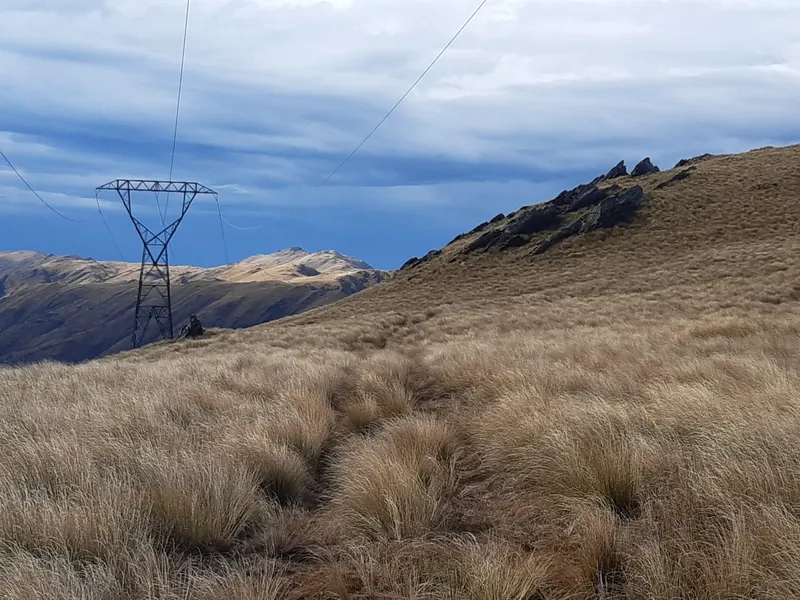Clutha Upper Waitaki Lines Project (CUWLP) (CUWLP)
Beskrivelse: Omexom completed the Clutha Upper Waitaki Lines Project, enhancing New Zealand's grid resilience by adding 400 MW capacity and supporting renewable energy. Les mer ↧
Fase: Ferdig bygd
| Byggestart | JANUARY 2021 |
| Ferdigstilles | END OF MARCH 2022 |
Verdi og størrelse

Miljøsertifiseringer
Ingen registrerte

Brannkonsept
Ingen registrerte
Aktører
 Arkitekt
Arkitekt
 Rådgivende ingeniør
Rådgivende ingeniør
Klikk på aktørene for å se kontakter
Nøkkelord
aluminum
culvert
depot
fence
foundation
slab
Kontakt oss på olav@pekeberg.com for å løfte dine nøkkelord til toppen
Selskaper og personer
Det er 3 selskaper koblet til dette prosjektet.
Lag en bruker eller logg inn for se navn, telefonnummer og e-post adresse til selskapene og kontaktpersonene (f.eks. prosjektleder hos entreprenørene).
Bilder
Kart
Klikk for å se tegnforklaringer
Oppdateringer
12. Apr 2022
- Byggestart lagt til: JANUARY 2021
- Phil Patrick lagt til som Sjef for kapitale arbeider for Omexom
- Omexom lagt til som Entreprenør
- Transpower lagt til som Byggherre
- Rio Tinto lagt til som Stakeholder
Byggekamera
Har dette prosjektet et byggekamera?
Send oss en link på olav@pekeberg.com,
så legger vi det til her.




 Byggherre:
Byggherre: 








